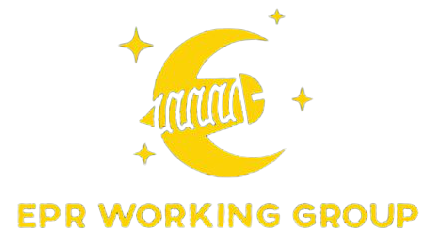Producing may be a fabricating preparation where metal is molded utilizing compressive powers, and it is categorized primarily into two sorts: hot fashioning and cold fashioning. Both methods offer interesting focal points and drawbacks, making them reasonable for distinctive applications. Understanding the refinements between hot and cold fashioning is basic for selecting the suitable strategy for particular mechanical needs here you may find more information. This article explores these contrasts beneath different headings to supply a comprehensive understanding of each handle.
Contrasts between Hot Manufacturing and Cold Producing
Hot manufacturing warms metal over its recrystallization point, improving ductility and durability, appropriate for expansive, complex parts. Cold manufacturing happens at room temperature, moving forward quality and exactness, perfect for little, and exact components. Each strategy has one-of-a-kind benefits, adjusting fetched, execution, and natural effects for diverse applications.
Definition and Handle
Hot producing includes warming the metal to a temperature over its recrystallization point, regularly extending from 1,000 to 1,250 degrees Celsius (1,832 to 2,282 degrees Fahrenheit) for steel. At these hoisted temperatures, the metal becomes flexible and can be molded with a generally lower drive. The method generally includes heating the workpiece in a furnace, exchanging it for a press or pound, and after that deforming it into the required shape.
In differentiation, cold producing is performed at or close to room temperature. The metal hasn’t warmed for some time recently forging, which needs essentially higher drive to shape the metal. This handle includes setting the metal in a pass-on and applying weight through a punch or a press to attain the required shape. Cold manufacturing can incorporate methods such as cold heading, expulsion, and coining.
Fabric Characteristics
The temperature at which production is performed significantly influences the fabric characteristics. Hot fashioning comes about in a refined grain structure and can eliminate inside voids, driving improved mechanical properties such as ductility and sturdiness. The tall temperature allows for a simple stream of metal, which is perfect for creating complex shapes and huge components.
On the other hand, cold manufacturing keeps up the initial grain structure, which can lead to predominant surface wrap-up and dimensional precision. Since the metal isn’t subjected to tall temperatures, there’s less hazard of oxidation and scale arrangement, guaranteeing a cleaner last item. Cold manufacturing moreover actuates strain solidifying, expanding the quality and hardness of the fabric.
Mechanical Properties
Hot fashioning makes strides in the ductility and durability of the metal due to recrystallization and grain refinement. The lifted temperatures permit separations to move more effectively, which encourages the arrangement of new grains. This preparation diminishes leftover stresses inside the metal, making it less delicate and safer to break. Hot-forged components frequently have improved weariness resistance, which is basic for applications subjected to cyclic stacking.
In differentiation, cold fashioning comes about in work solidifying, expanding the quality and hardness of the metal. The method also improves the abdicate and pliable quality due to the plastic misshapen at moo temperatures. In any case, cold fashioning may present remaining stresses and potential brittleness, which can be moderated through subsequent heat treatment forms.
Applications and Employment
Hot manufacturing is broadly utilized in applications requiring high-strength components with great durability. It is commonly utilized within the car, aviation, and development businesses to fabricate parts such as crankshafts, interfacing bars, gears, and turbine edges.
The capacity to create huge and complex shapes makes hot fashioning reasonable for heavy-duty applications. Cold forging is favored for high-volume generation of little to medium-sized components where exactness and surface wrap-up are vital. Normal applications incorporate latches, jolts, bolts, and other equipment components. The car and hardware businesses as often as possible utilize cold-forged parts due to their dimensional precision and improved mechanical properties.
Conclusion
Both hot manufacturing and cold producing offer particular focal points and are suited to diverse mechanical needs. Hot fashioning, with its capacity to deliver expansive, complex shapes and improve fabric sturdiness, is irreplaceable for heavy-duty applications. In differentiation, cold fashioning exceeds expectations in creating high-precision, high-strength components with amazing surface wraps and dimensional exactness. Understanding these contrasts permits producers to select the fitting fashioning method, optimizing execution, fetched, and natural affect for their particular prerequisites.










